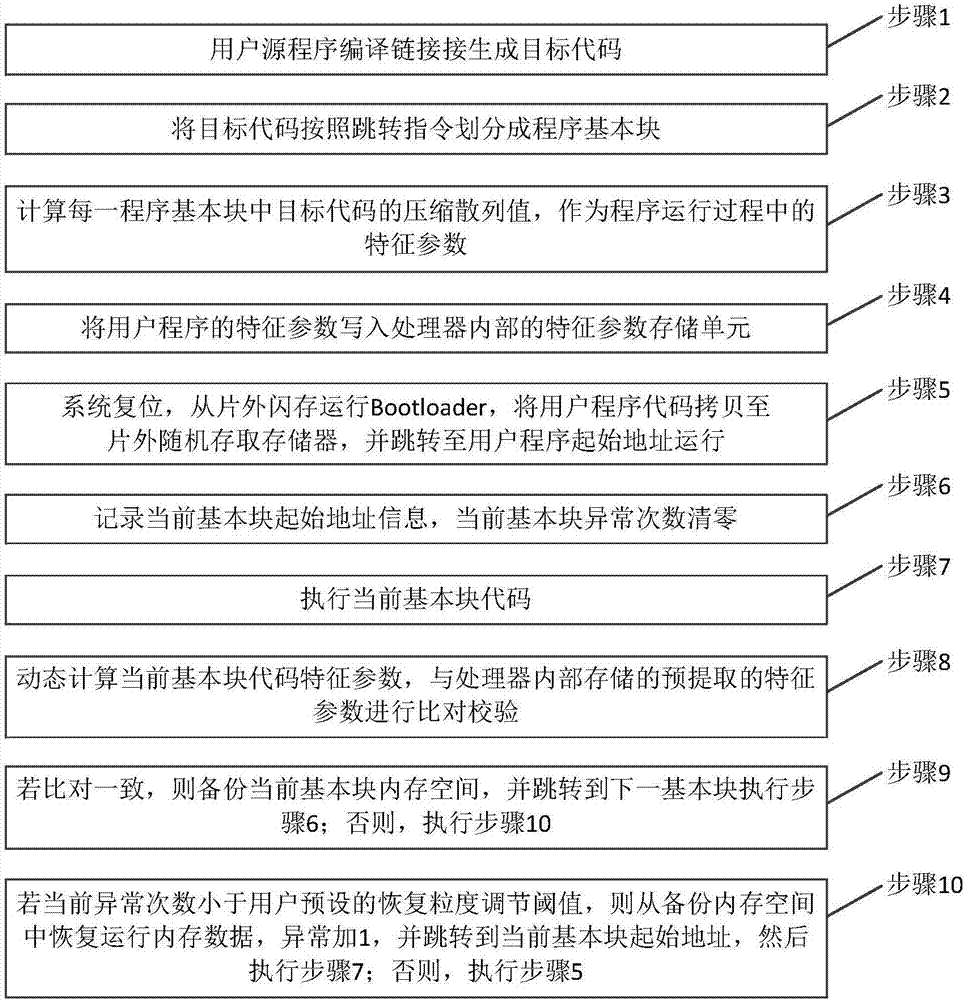A lightweight class method for system power consumption optimization based on online learning
A system power consumption, lightweight technology, applied in design optimization/simulation, hardware monitoring, instrumentation, etc., can solve the problem of heavy system operation load, lack of robust system power consumption model, and limited ability to reduce overall system power consumption And other issues
- Summary
- Abstract
- Description
- Claims
- Application Information
AI Technical Summary
Problems solved by technology
Method used
Image
Examples
Embodiment Construction
[0096] The present invention is a lightweight method for system power consumption optimization based on online learning, such as figure 1 As shown, the specific implementation steps of the method are as follows:
[0097] Step 1, generate the target code by compiling and linking the application source program code;
[0098] Step 2, using perf, the application can use the PMU and counters in the kernel to perform performance statistics and monitor hardware feature events, such as IPS, processor clock cycles, cache, and branch prediction.
[0099] Step 3: Calculate and process the system events obtained through step 2, that is, monitoring data sampled by time, using formulas (1) and (2), mainly to perform data normalization processing.
[0100] Step 4, establish a system power consumption model through formulas (3), (4) and (5), and import the data calculated in the step.
[0101] Step 5, design the first working mode adaptive optimization mode according to formulas (6), (7), (...
PUM
 Login to View More
Login to View More Abstract
Description
Claims
Application Information
 Login to View More
Login to View More - R&D
- Intellectual Property
- Life Sciences
- Materials
- Tech Scout
- Unparalleled Data Quality
- Higher Quality Content
- 60% Fewer Hallucinations
Browse by: Latest US Patents, China's latest patents, Technical Efficacy Thesaurus, Application Domain, Technology Topic, Popular Technical Reports.
© 2025 PatSnap. All rights reserved.Legal|Privacy policy|Modern Slavery Act Transparency Statement|Sitemap|About US| Contact US: help@patsnap.com



